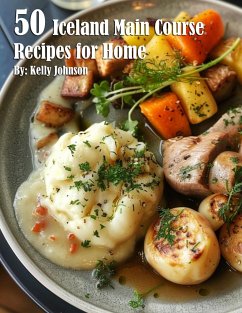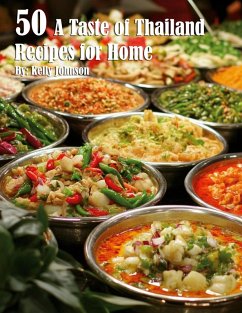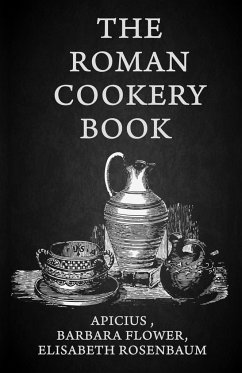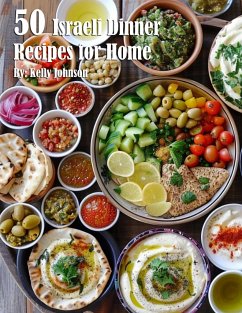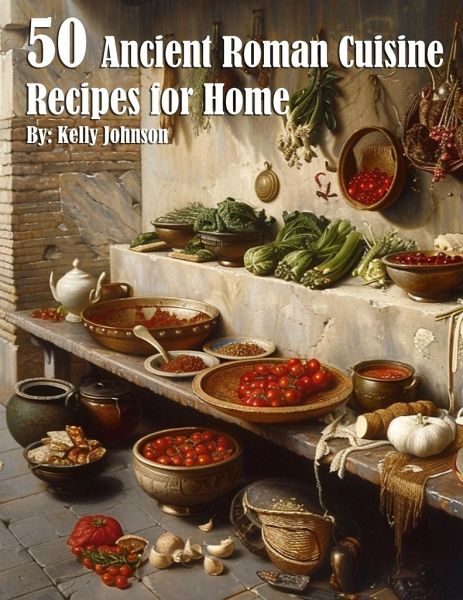
50 Ancient Roman Cuisine Recipes for Home
Versandkostenfrei!
Versandfertig in 1-2 Wochen
17,99 €
inkl. MwSt.

PAYBACK Punkte
9 °P sammeln!
Ancient Roman cuisine was diverse and influenced by factors such as geography, trade, and social classes. A cookbook from that era would reflect a rich tapestry of ingredients and cooking techniques. The Romans used a wide variety of meats including pork, poultry, wild game, and fish. They also incorporated vegetables like cabbage, lettuce, carrots, and onions, along with legumes such as lentils and chickpeas. Fruits like figs, grapes, and apples were commonly eaten, both fresh and dried. Roman cuisine was known for its lavish use of spices and herbs, including black pepper, cumin, coriander, ...
Ancient Roman cuisine was diverse and influenced by factors such as geography, trade, and social classes. A cookbook from that era would reflect a rich tapestry of ingredients and cooking techniques. The Romans used a wide variety of meats including pork, poultry, wild game, and fish. They also incorporated vegetables like cabbage, lettuce, carrots, and onions, along with legumes such as lentils and chickpeas. Fruits like figs, grapes, and apples were commonly eaten, both fresh and dried. Roman cuisine was known for its lavish use of spices and herbs, including black pepper, cumin, coriander, and mint. One of the key aspects of ancient Roman cooking was the use of sauces and condiments to enhance flavors. Garum, a fermented fish sauce, was a staple in many dishes and was used similarly to how we use salt today. Another famous sauce was called liquamen, which was similar to garum but made with a different process. The Romans were skilled at combining sweet, sour, salty, and savory flavors in their dishes. They also enjoyed baking bread, which was a dietary staple for all classes. A cookbook from ancient Rome would likely contain recipes that showcase the blending of these diverse ingredients and cooking methods, offering a glimpse into the culinary traditions of a fascinating civilization.



